modern forgeries & forged modernities
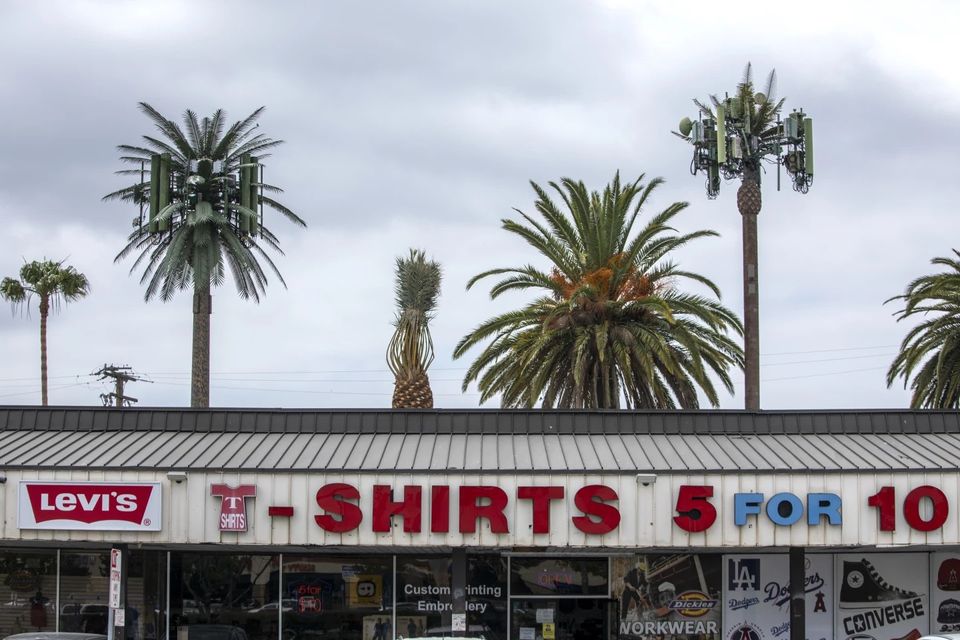
Let’s talk trees. Apparently the new hotness for celebrities and fancy hotels is to import trees. I’d heard about people stealing palm trees in Los Angeles, but this full-on bidding war on trees is new, or at least I’d hadn’t thought about how new hotels magically have old trees in front of them (and honestly, the 150 year old Tuscan olive tree in the article is gorgeous but boy that surrounding house just doesn’t fit).
But hey, what is a tree anyway? Turns out we don’t know. Or, rather: scientists can’t decide how to define a tree (“Trees are big, they’re woody, they can get water from the ground to up high. But there does not seem to be some profound unique biology that distinguishes a tree from a herbaceous plant.”) Which obviously leads us right into the LA Times doing a deep dive on one of my favorite things: fake tree cell phone towers. The technology has changed dramatically in the last few years, and they can now make more complex bark, color-changing leaves (an experiment that was abandoned when they realized the tree never could “shed” leaves), and this saguaro below, which is surprisingly lifelike. It’s a great dive into everything about our relationship with technology, nature, and all that in LA:

Speaking of unexpected architecture, I am astounded at the idea of the Think Tank in the McDonald’s headquarters. A waterbed!!! Also yes it looks like Darth Vader’s meditation chamber!
Entered through a hatch and hallway maze, the tank has total silence, indirect lighting, temperature controls, soft beanbag chairs, and an area for pacing.
Odd find in Domus Magazine: McDonald’s HQ in Chicago used to have a ‘meditation chamber’ in 1970. It had vinyl-suede paneled walls, ‘petal’ doors, mood music, a heated, 700-gallon waterbed, atmospheric lighting, and an ‘alpha-pacer(??)’ to stimulate creative brainwaves pic.twitter.com/ffq5vCmnDl
— Evan Collins | BLM 🏳️🌈 (@EvanCollins90) April 27, 2021
The corporate headquarters has since moved, and I can’t find any evidence of what happened to the think tank, which saddens me to no send.

Apparently, the pimento cheese sandwich at the Masters tournament is something of a staple (the new t-shirt featuring it was a Big Deal)—the problem is, no one can quite figure out the original recipe. Turns out when they let the original guy’s contract expire, he took the recipe with him (to the grave!), and then the second guy who came pretty darn close got his contract ended as well, and also took the recipe, which to me is just poetic justice. Gastro Obscura has an overview that includes a proposed new recipe, which was reverse engineered by a woman who has been going to the Masters since she was a kid. Only time will tell if it holds up!
OBSESSED with this bacon and eggs themed skatepark designed by John Hillding:
Using A.I. for good: Archaeologists have trained a neural network to sort pottery fragments for them! This is good, because pot shards are everywhere, and this first experiment seems to bode well for future use. Across the ocean, scientists in Japan have used an AI that was originally designed to sort pastries to fight cancer. The system (BakeryScan) is designed so you place pastries on a checkout mat, which lights up, and the computer determines which kind of pastries there are—which is no mean feat, because this is what Japanese bakeries are like:
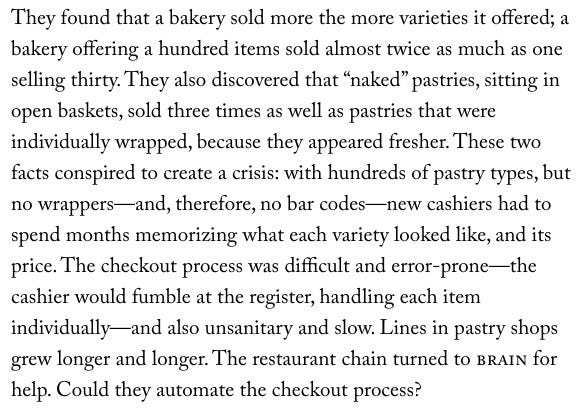
What’s fascinating too, is that the system was developed in 2007, before what we know as “deep” computing was a thing (!)
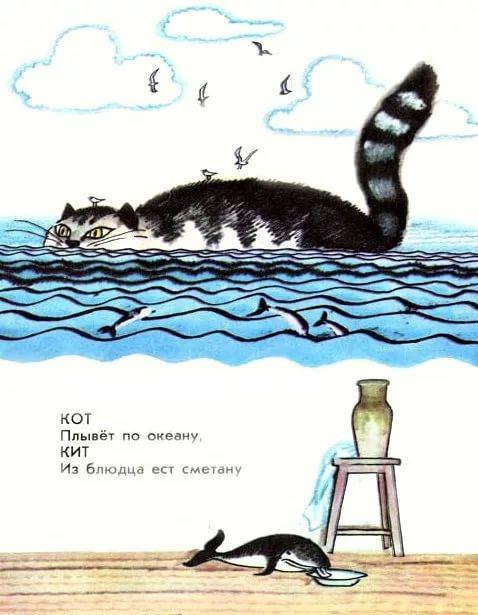
Thank you Public Domain Review, without whom I would not have learned of Dr Julius Neubronner and his miniature pigeon camera (that’s a camera attached to pigeons). Just great: “Since 1903 Neubronner had been using pigeons to exchange prescriptions and urgent medications with a sanatorium a few miles from his home in Kronberg near Frankfurt. A pigeon lost during one of these flights had delighted Neubronner by returning to its dovecote four weeks later, safe and sound. The episode gave Neubronner the idea of creating lightweight, wearable cameras to record his couriers’ flights.”
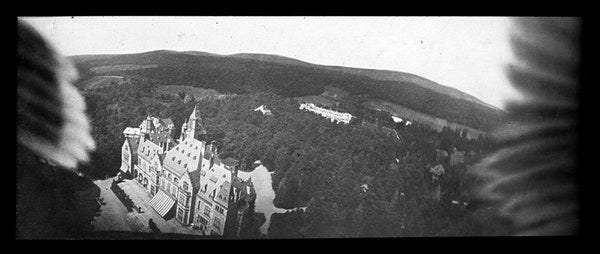
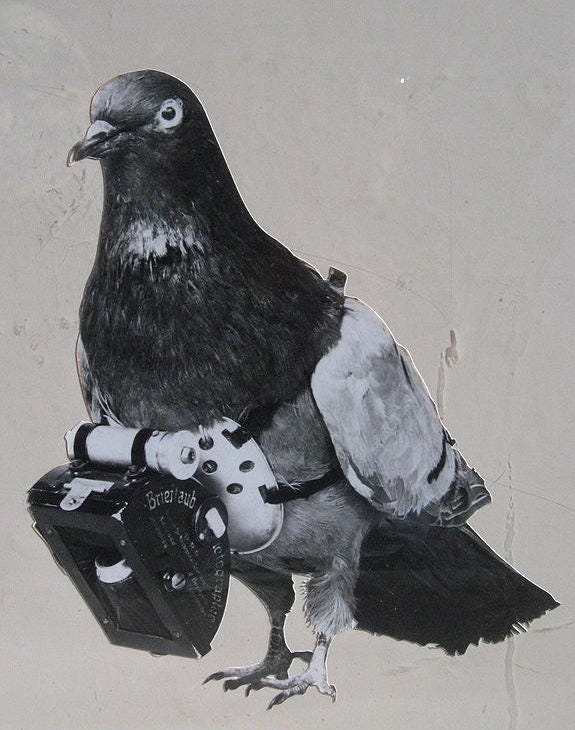
The internet was rocked a few weeks back, because the “Boar Vessel, 600-500 BC, Estruscan, ceramic” from the Cleveland Museum of Art has now been revealed to potentially be a modern forgery. The eponymous vessel because a really weird meme in 2018 or so, which led to things like this:
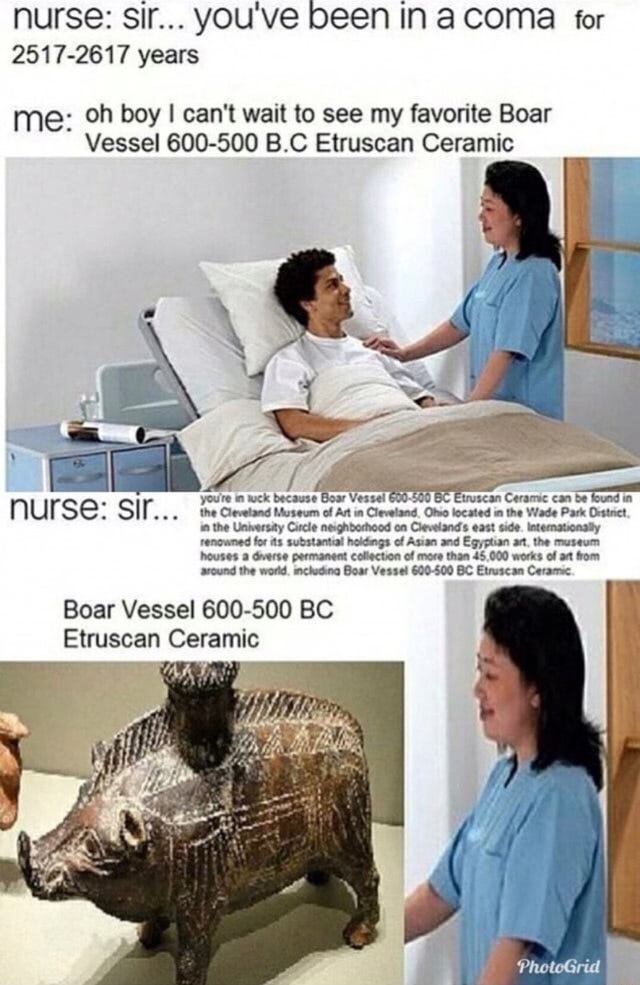
Well. Apparently the boar got so famous that the museum did additional research on it, which led to them determining that it’s probably fake. It has now been renamed “Vessel in the Shape of a Wild Boar” with a date of “700-500BC or 1900s AD”
And finally, I know this was a question keeping me up late at night, so good to know it’s been answered:
— the sixler (@Thesixler) May 23, 2021
